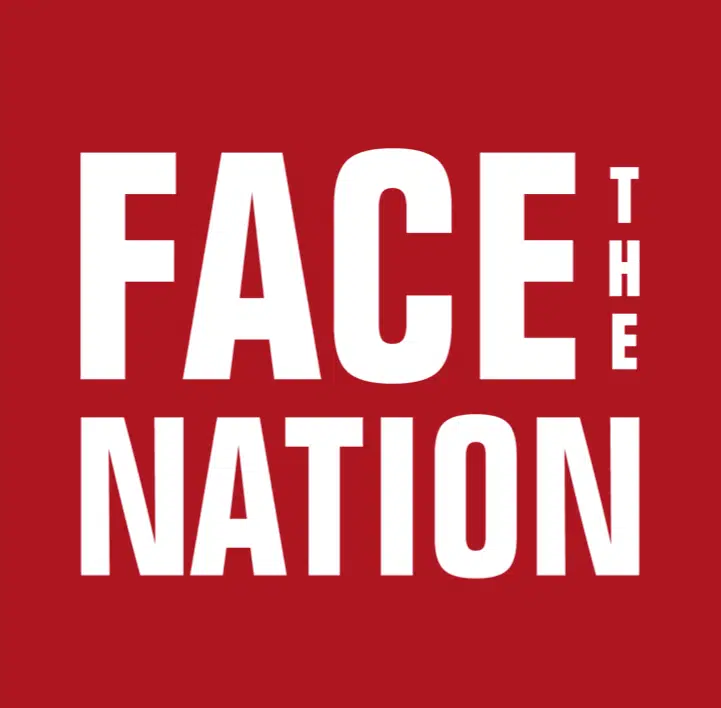STOCKHOLM (Reuters) – Airline SAS hopes to raise 9.5 billion Swedish crowns ($972 million) in new cash, warning on Tuesday of liquidity problems if it falls short as it posted a February-April loss that was narrower than a year ago.
The carrier, which is part-owned by Sweden and Denmark and which has been struggling for years, in February announced a major new restructuring plan that it said depended on it managing to raise then-unspecified new capital.
Sweden and Denmark at the time did not say whether they would pay up again after the airline in 2020 secured a 3 billion crown rescue deal from the two governments.
SAS shares were down 9% in early trade on Tuesday.
“In addition to reducing the cost structure and improve efficiencies, SAS is seeking to convert approximately SEK 20 billion of debt and hybrid notes into common equity and will also seek to raise not less than SEK 9.5 billion in new equity capital,” SAS said on Tuesday.
The Swedish and Danish governments did on Tuesday not immediately respond to requests for comment. SAS said discussions with stakeholders had made “limited progress” so far.
“In the event that the expected burden sharing, debt conversions, and new capital raise are not completed as planned, SAS will not be able to support its existing capital structure and current liquidity levels,” it said.
SAS reported a fiscal second-quarter loss before tax of 1.56 billion crowns compared with a year-earlier 2.33 billion loss.
The carrier was already struggling before the coronavirus pandemic amid high costs and increased competition. The aviation industry is now struggling to recover from COVID and SAS has reduced its summer programme by 4,000 of a total of 75,000 flights.
“We are seeing healthy underlying demand, but uncertainty persists,” CEO Anko van der Werff said in a statement.
“Traffic to and from Asia remains affected by remaining COVID-19 restrictions as well as the geopolitical situation.”
($1 = 9.7718 Swedish crowns)
(Reporting by Anna Ringstrom; Editing by Johan Ahlander, Simon Johnson and Kenneth Maxwell)



